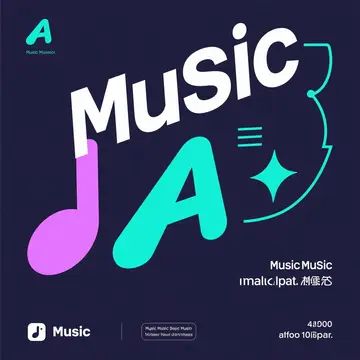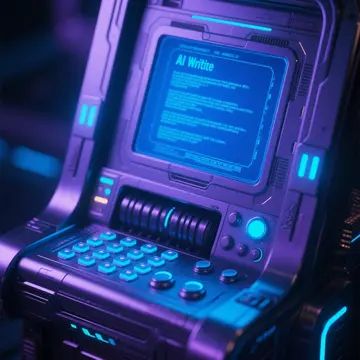Introduction
Transcribing music by ear is a time-consuming skill that takes years to master. Whether you're a pianist trying to capture a beautiful melody, a guitarist working out a complex solo, or a composer documenting an orchestral idea, AI music transcription can save you hours of work.
This guide explores how AI-powered tools can transcribe piano, guitar, vocal melodies, and more into sheet music or MIDI files—accurately and efficiently.

How AI Music Transcription Works for Different Instruments
AI transcription tools analyze audio signals using machine learning to detect:
Pitch (notes and harmonies)
Rhythm (timing, tempo, and beats)
Instrumentation (distinguishing piano, guitar, strings, etc.)
1. Transcribing Piano with AI
Piano music is often polyphonic (multiple notes at once), making manual transcription difficult. AI tools like AnthemScore and Melodyne excel at:
? Converting complex piano pieces into sheet music
? Identifying chords and arpeggios
? Exporting to MusicXML for editing in Finale or Sibelius
Best Tool for Piano: Sonic Visualiser (free for basic analysis)
2. Transcribing Guitar Tabs with AI
Guitarists often prefer tablature (tabs) over standard notation. AI tools like Moises and Soundslice can:
? Convert recordings into accurate guitar tabs
? Detect bends, slides, and hammer-ons
? Sync tabs with YouTube videos for learning
Best Tool for Guitar: Soundslice (AI + human-editable tabs)
3. Transcribing Vocals and Melodies
Singers and songwriters can hum or sing into apps like Vocalive! or Melody Scanner to:
? Generate sheet music from voice recordings
? Adjust key and tempo automatically
? Export to MIDI for DAW production
Best Tool for Vocals: Melody Scanner
Step-by-Step: How to Transcribe Music with AI
Step 1: Choose the Right Tool
For piano/orchestral → AnthemScore
For guitar/bass → Moises
For vocals/melodies → Melody Scanner
Step 2: Upload or Record Audio
Use a clean recording (minimal background noise).
For best results, isolate the instrument if possible.
Step 3: Let AI Generate the Transcription
Most tools process files in under a minute.
Review for errors (AI may miss subtle articulations).
Step 4: Edit and Export
Adjust note timing, dynamics, and phrasing.
Export as PDF (sheet music), MIDI, or MusicXML.
Limitations of AI Music Transcription
While AI is powerful, it’s not perfect:
Struggles with polyphonic instruments (e.g., dense piano chords).
May misidentify slides, vibrato, or percussive effects.
Requires manual tweaking for professional results.
Pro Tip: Use AI for a first draft, then refine manually.
Top 5 AI Music Transcription Tools in 2024
| Tool | Best For | Key Feature |
|---|---|---|
| AnthemScore | Piano/Orchestral | High-accuracy sheet music export |
| Moises | Guitar/Bass | Isolates tracks + generates tabs |
| Melodyne | Producers | Pitch correction + MIDI conversion |
| Melody Scanner | Vocals/Songwriting | Hum-to-sheet music AI |
| Soundslice | Learning Songs | YouTube sync + editable tabs |
Future of AI Music Transcription
Advancements to expect:
Real-time transcription (play guitar → instant sheet music).
Better polyphonic separation (orchestral/band recordings).
AI-assisted error correction (learning from user edits).
Conclusion
AI music transcription is revolutionizing how musicians transcribe piano, guitar, vocals, and more. While not yet flawless, it dramatically speeds up the process—letting you focus on playing and creating rather than manual notation.


